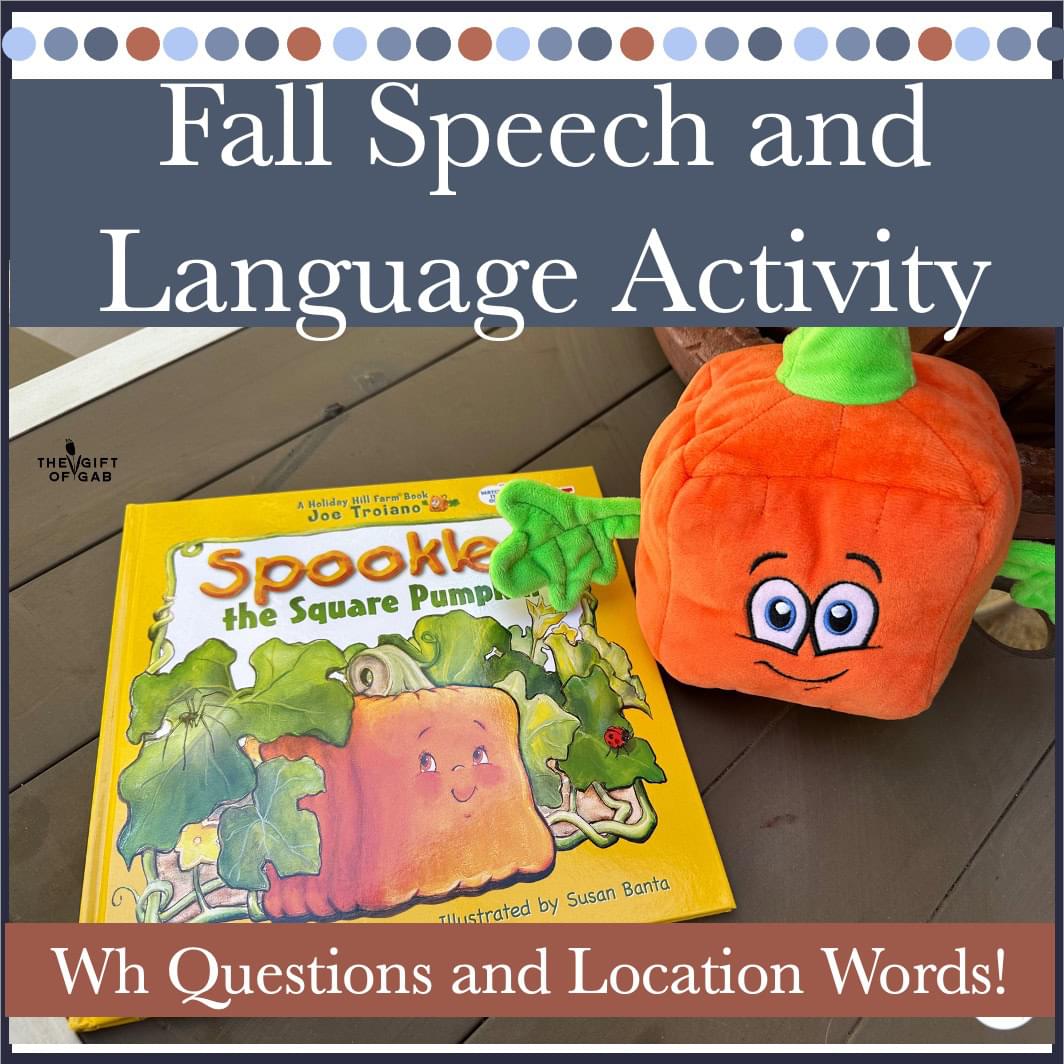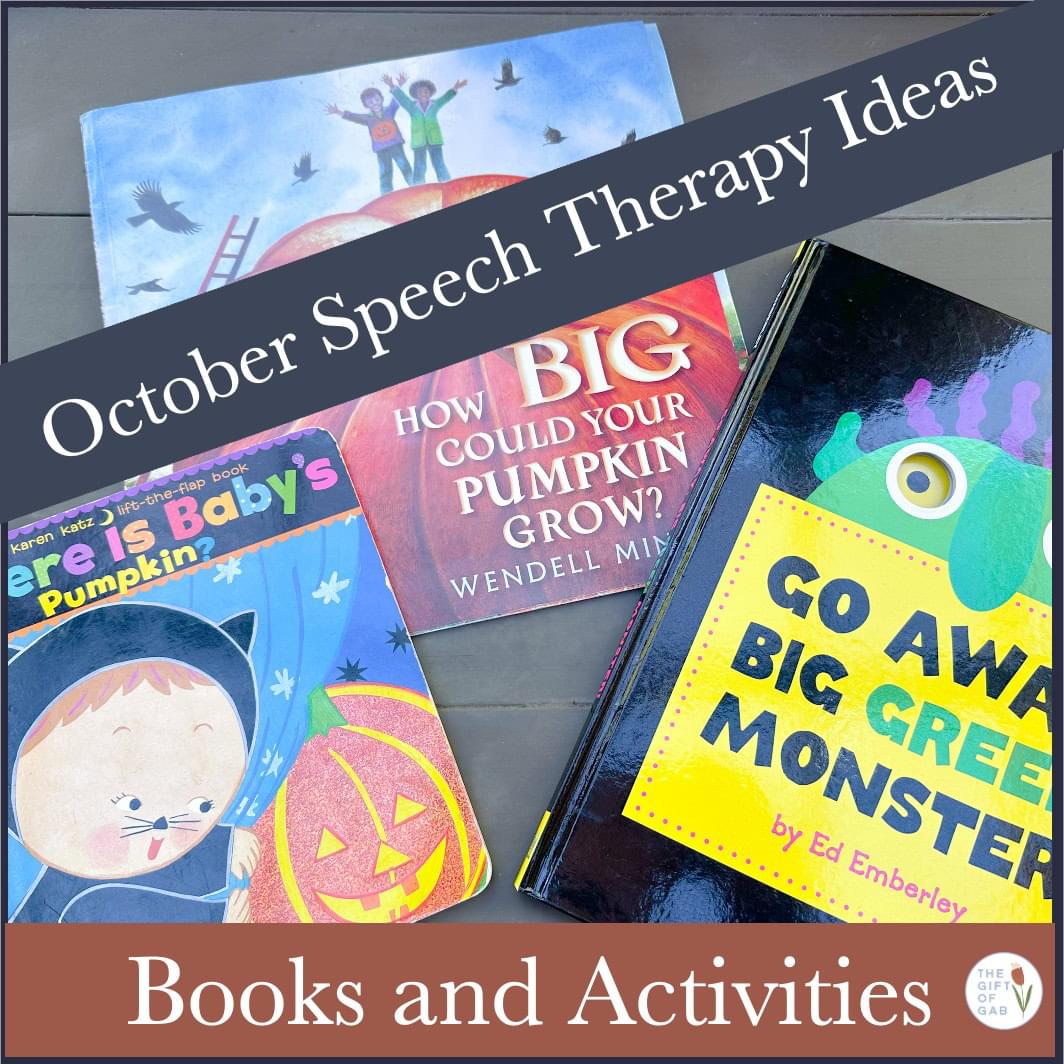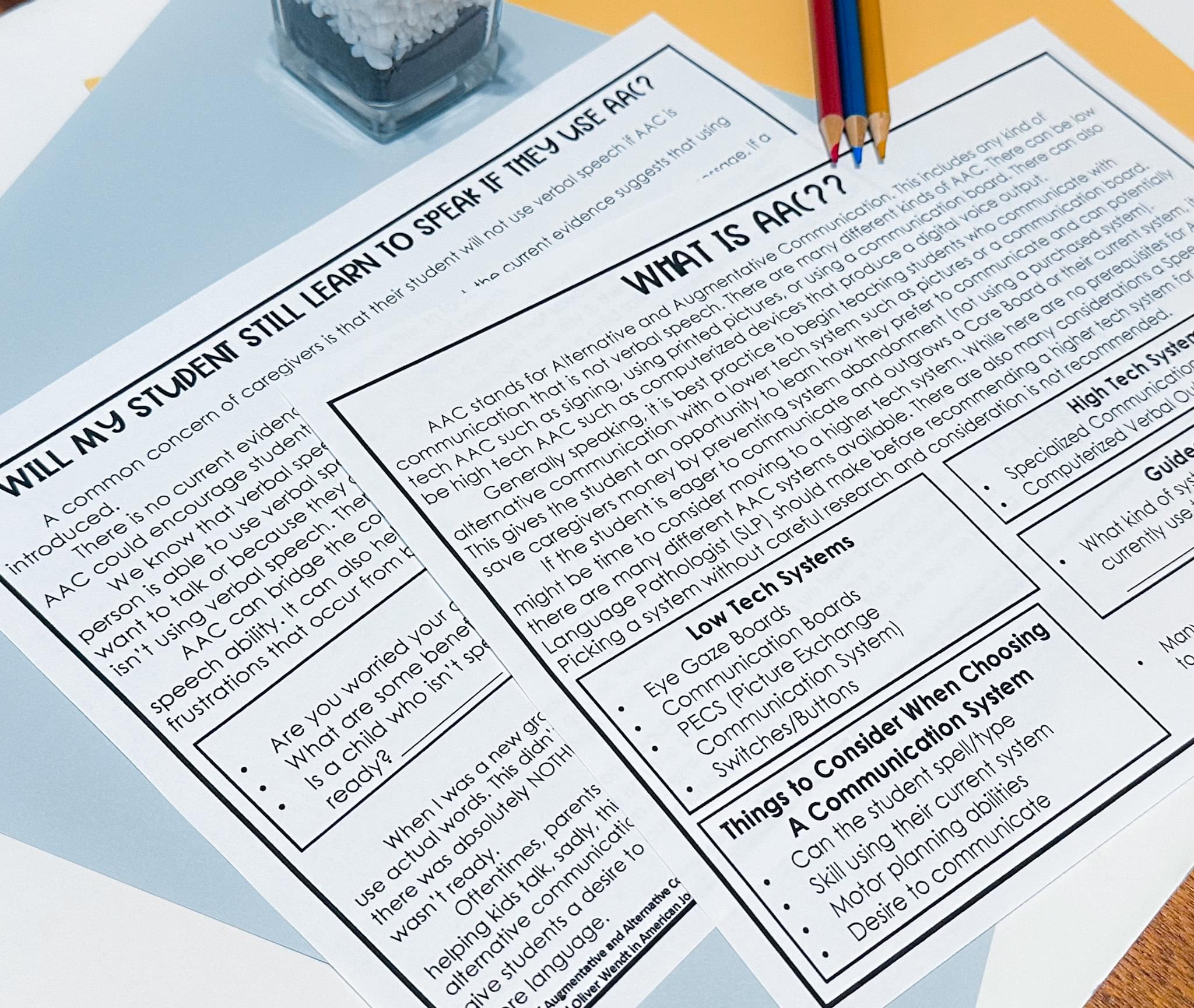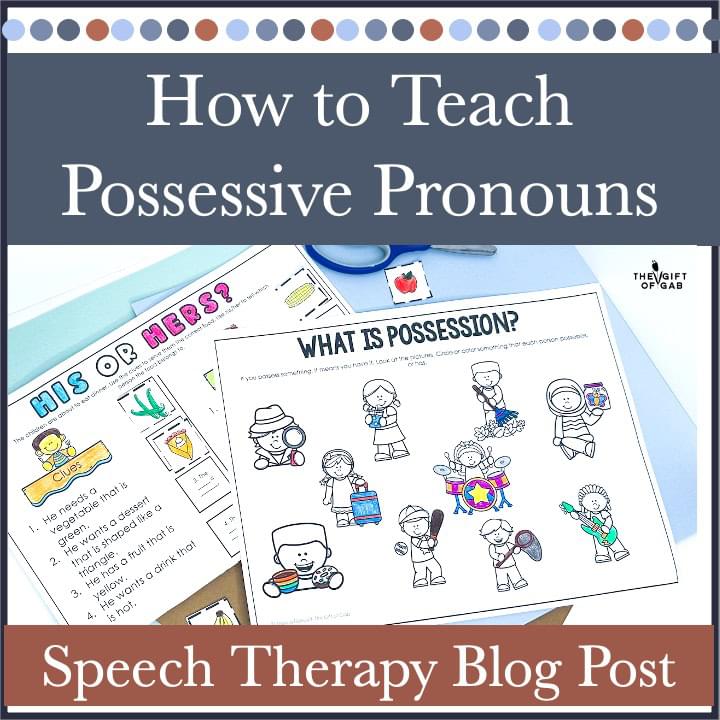When it comes to speech therapy, particularly for individuals who stutter, finding effective and engaging activities is crucial. As a speech pathologist and educator, I’ve found that storytelling has a transformative power in therapy sessions. Let’s explore some stuttering activities that foster learning and emotional resilience, ensuring that every session leaves a positive impact.
Story Telling As A Therapeutic Tool
Incorporating stuttering stories, such as Jana’s, can serve as a cornerstone activity in speech therapy. These narratives allow students to see their challenges mirrored back, fostering empathy and understanding. After sharing a story, engage students with reflection questions to identify disfluencies and discuss the mindset shifts that result. This activity not only enhances speech awareness but also strengthens emotional resilience, making it an invaluable part of therapy.
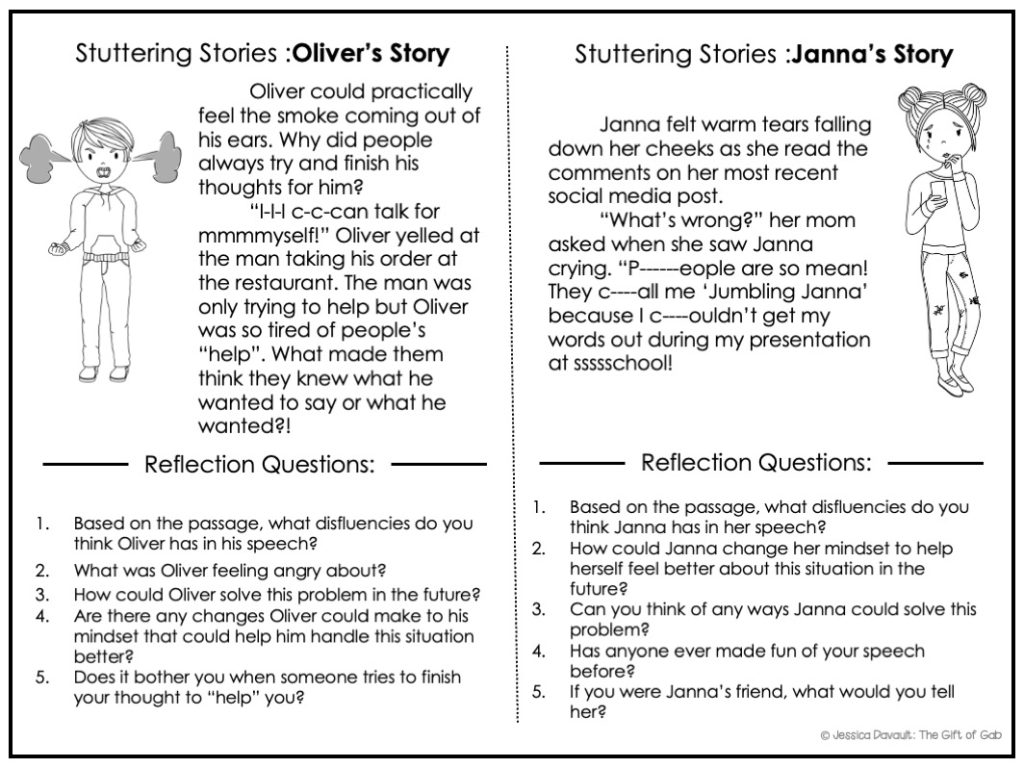
Stuttering Stories
Mindset and Problem-Solving Exercises
Activities that focus on building a positive mindset are essential in speech therapy. Encourage students to brainstorm ways to handle negative comments or experiences, similar to what Jana faced. These exercises develop critical thinking and problem-solving skills, empowering students to approach their stuttering with confidence and grace.
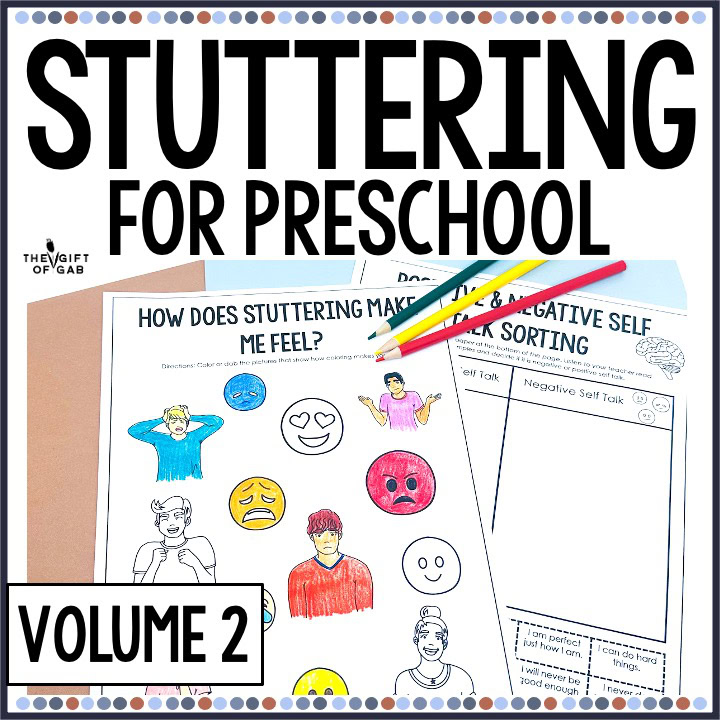
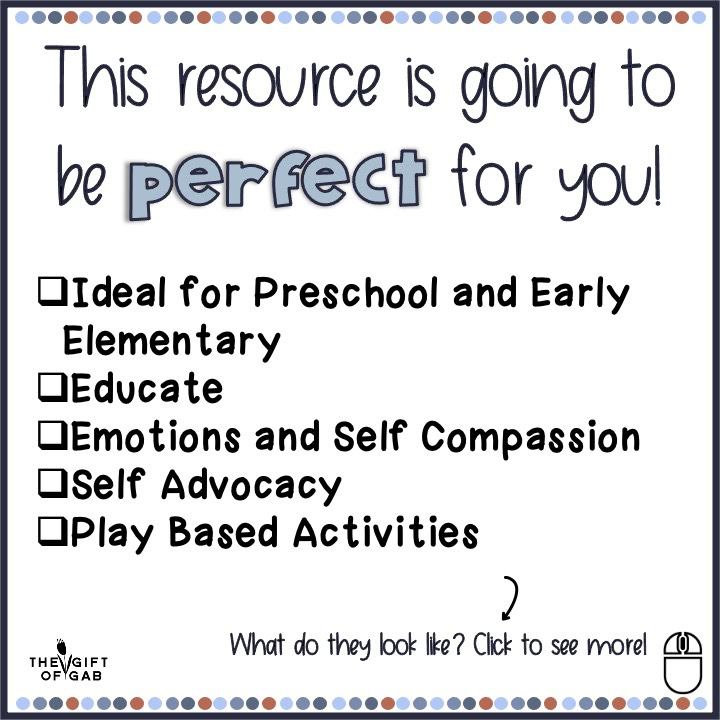
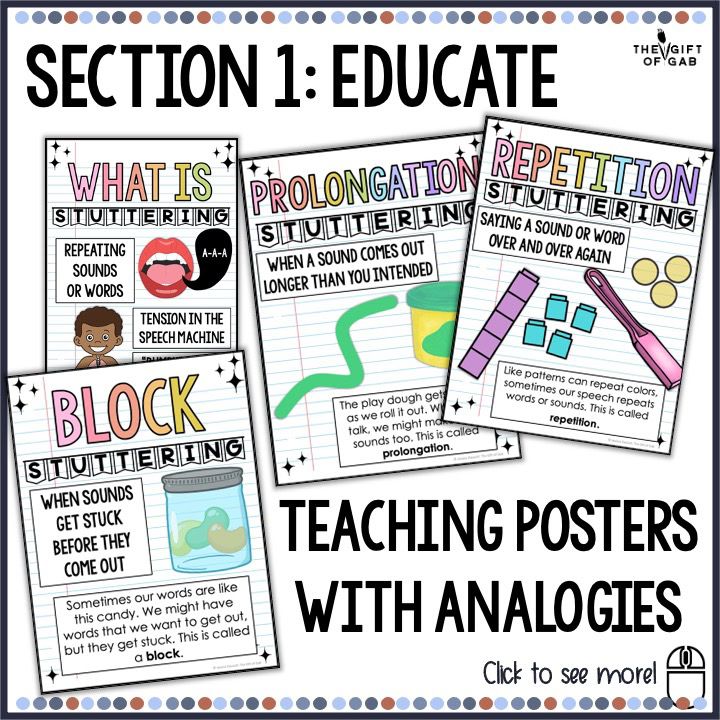
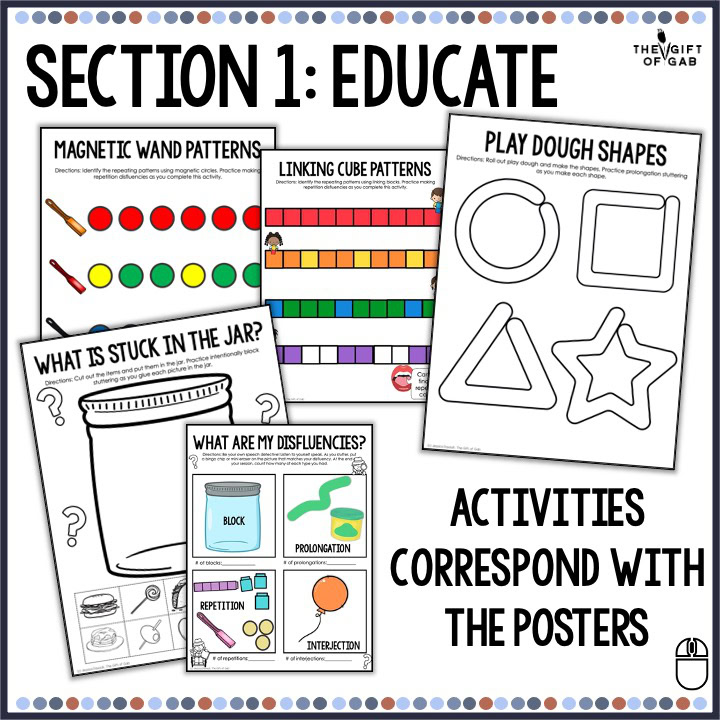
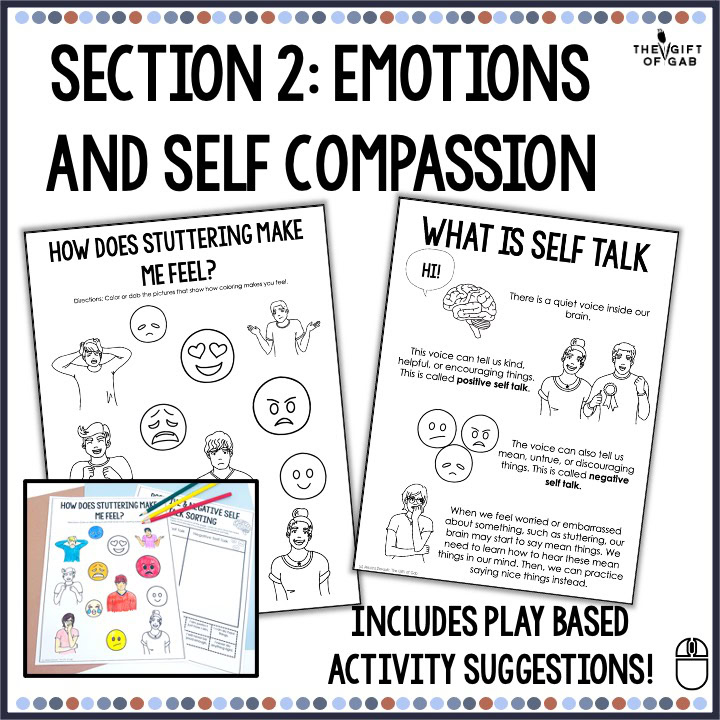
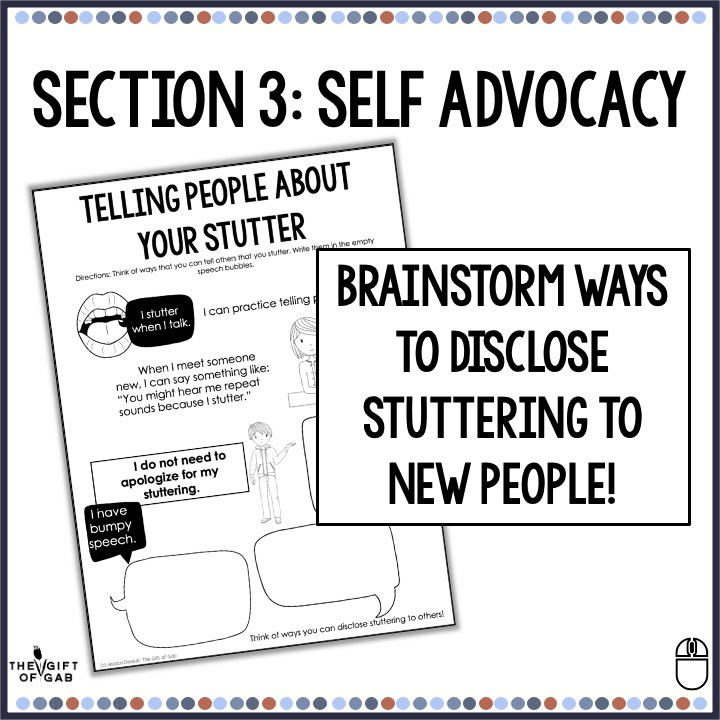
Immersion Into Stuttering
Watching videos of people stuttering can help students become more comfortable listening to stuttered speech. It also gives them the opportunity to practice identifying the different types of disfluencies in the speech of others.
Role Playing Scenarios
Role-playing can be a dynamic activity that enhances empathy and articulation. Create scenarios where students might encounter stuttering in real life, and guide them through effective responses and mindset adjustments. This practice helps them apply their skills outside the therapy room, boosting self-assurance in everyday interactions.
Art and Expression Stuttering Activities
Incorporating creative activities, such as drawing or journaling, can help students express their feelings about stuttering non-verbally. These activities provide an emotional outlet and encourage introspection, allowing students to reflect on their progress and set positive goals for their speech journey.
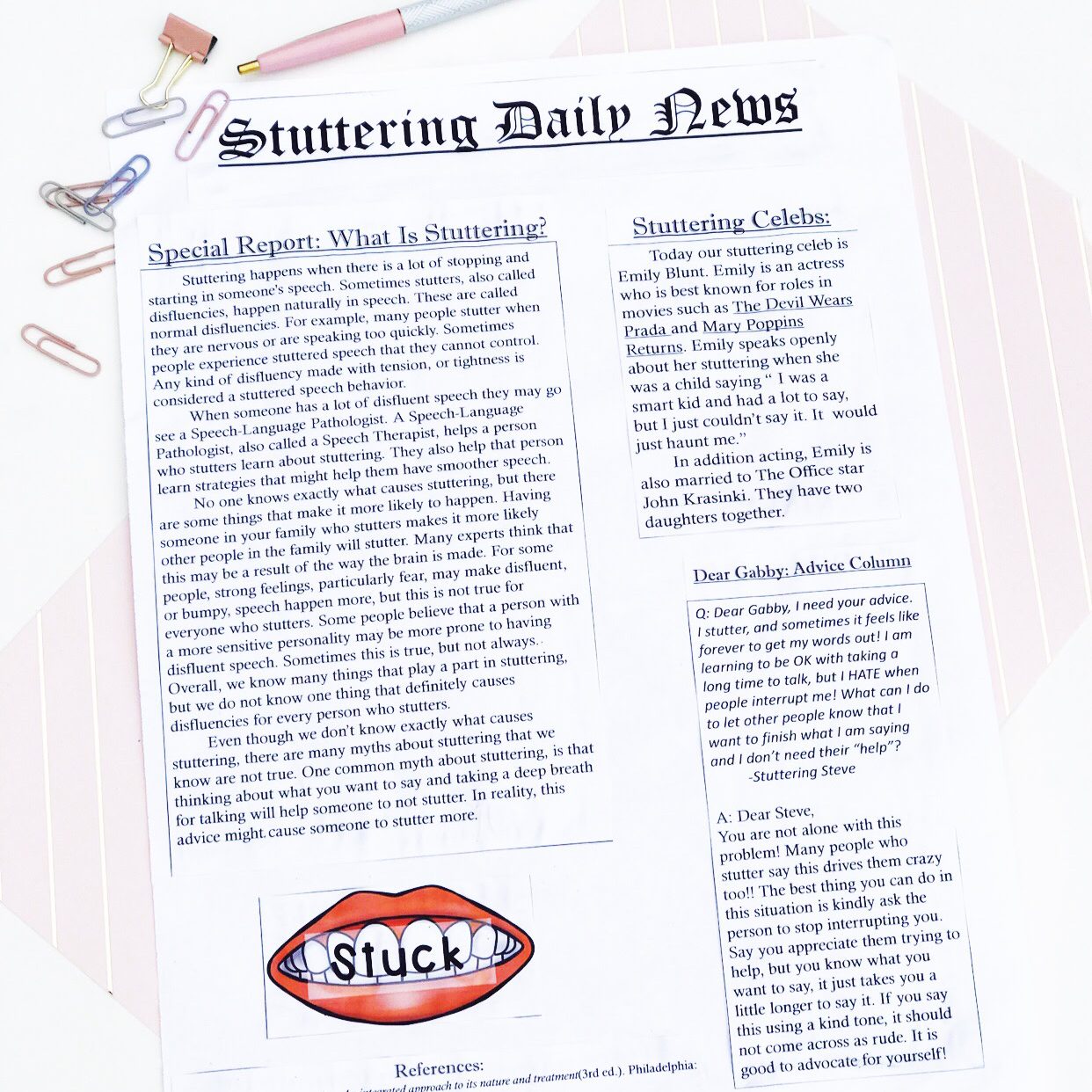
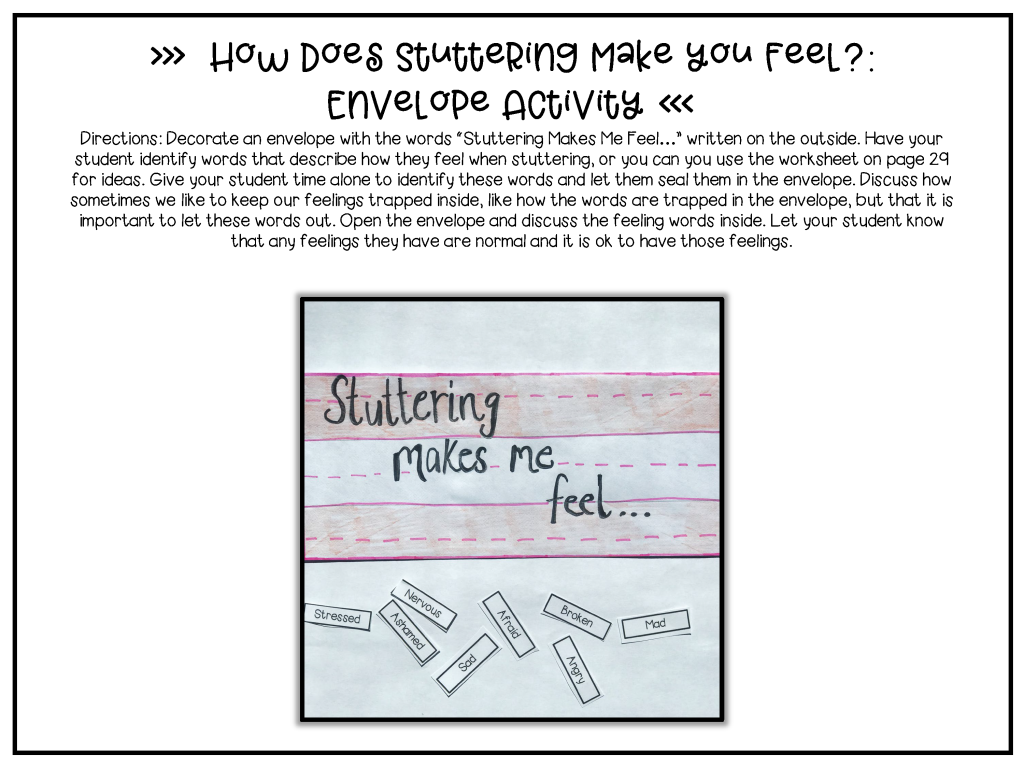
Group Discussions and Peer Support
Encouraging group discussions or peer sharing sessions can build a supportive community within the therapy environment. Students can share their stories and strategies, learning from each other and building a network of understanding and encouragement.
Implementing these stuttering activities in speech therapy not only addresses the mechanics of speech but also nurtures emotional growth and empowerment. By integrating storytelling, mindset exercises, and creative expression, we offer a comprehensive approach that supports students on their journey to confident communication. Let’s continue to develop and share these valuable activities, ensuring every individual who stutters can thrive.

